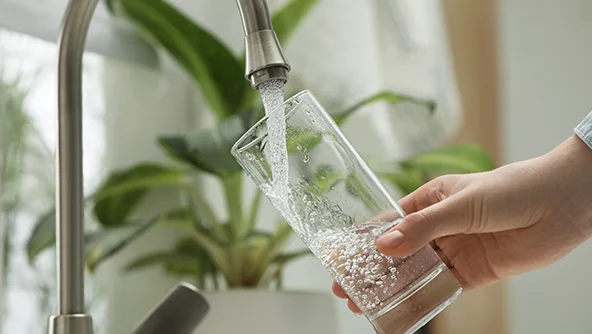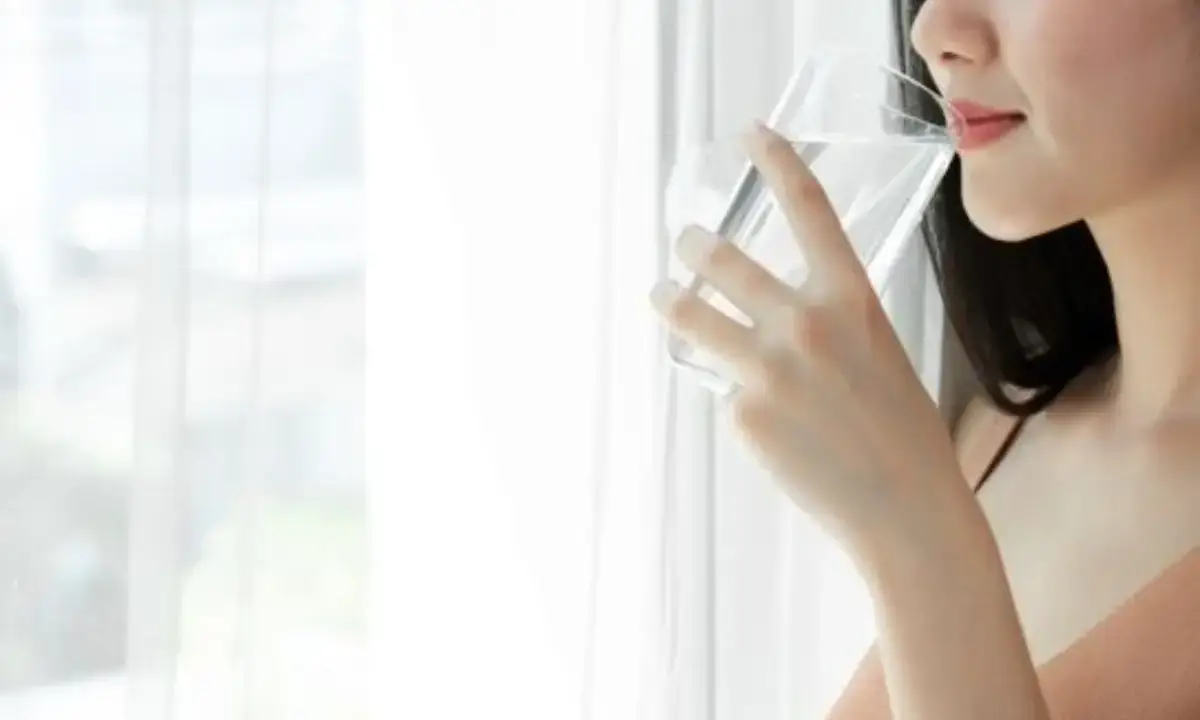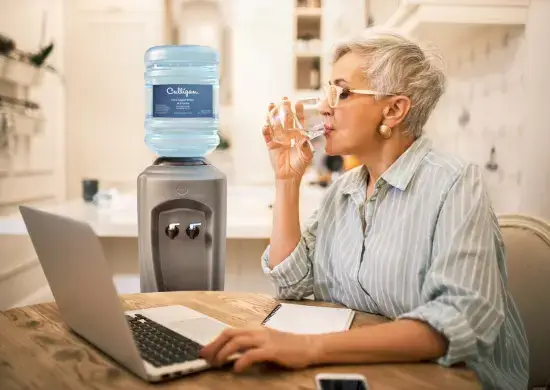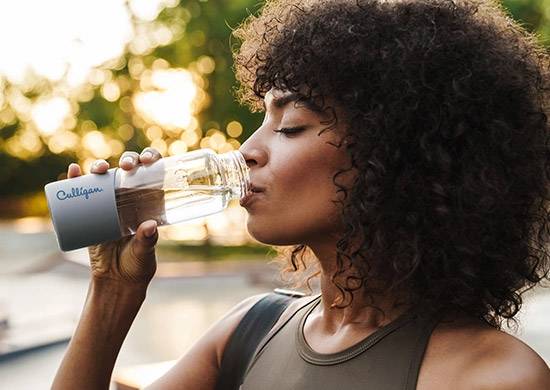

With temperatures in the UK reaching a record 40C in July 2022, many of us are scrambling for ways to keep cool as high temperatures are expected to become commonplace in the summer months going forward. Over the last decade, an average of 2000 deaths a year have been attributed to heat waves in the UK. With the increase in temperature, this seems likely to increase in the future. So, what can you do to beat the heat?
Staying Cool, Hydrated, and Healthy
There are many tips out there on how to stay cool, but we want to talk about how water specifically can help keep us cool and healthy in a heatwave. The higher the temperature gets, the more we sweat, meaning the more fluids we lose. This is why it’s important to replenish and drink water when it’s hot. No matter what, we want to avoid dehydration as it can lead to heat exhaustion, or worse, heat stroke.
It’s key that you drink before you feel thirsty, as thirst is one of the first symptoms that we experience when we’re dehydrated.
Dehydration symptoms:
- Headaches
- Feeling thirsty
- Dry mouth
- Dark Urine
- Muscle Cramps
- Dizziness
- Fatigue
Dehydration, coupled with excessive heat, can lead to heat exhaustion and can result in heat stroke, which can be fatal if not treated appropriately.
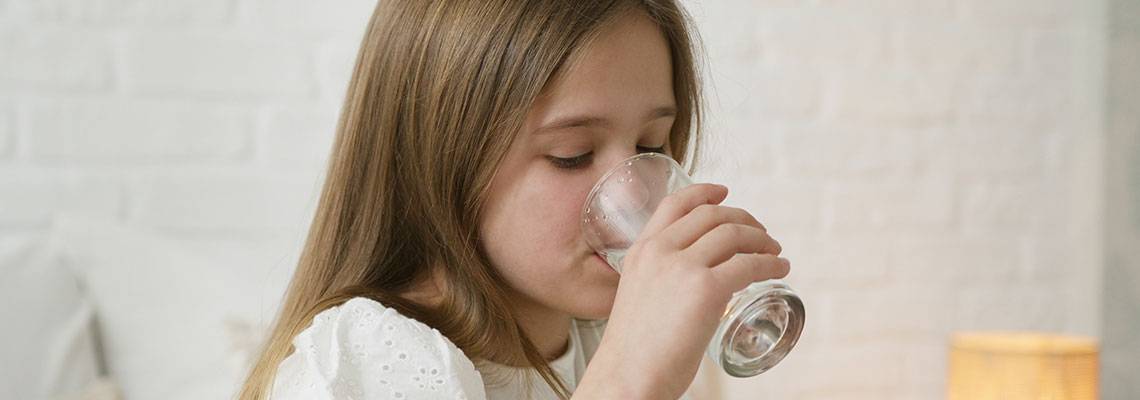
The symptoms of heat exhaustion are similar to those of dehydration:
- Headaches
- Confusion
- Dizziness
- Excessive thirst
- Muscle Cramps
- A high temperature of 30C or above
- Excessive sweating
If you experience these symptoms, you should try and cool down as soon as possible and drink plenty of water. Move to a cool area, lay down, raise your feet, and try and cool your skin down. One way to do this is to place towels wet with cold water on your skin.
If it progresses, however, you may begin to suffer from heat stroke, which is far more serious and usually occurs after long exposures to high temperatures.
Heat stroke symptoms to look out for:
- Hot and dry skin
- Excessive sweating
- Loss of consciousness
- Very high body temperature
- Vomiting and/or nausea
- Increased, racing heart rate
- Seizures
- Confusion, altered mental state, strange behaviour, slurred speech
If you, or someone around you, is experiencing any of these symptoms, you need to call the emergency services and seek treatment as soon as possible. Whilst you wait for help, you should move the person to a cool, shaded area and remove their outer layers. Try to cool them quickly by wetting the skin, using a cold-water or ice bath, circulating the air around them, and placing cold or ice-cold wet clothes to their neck, head, armpits, and groin.
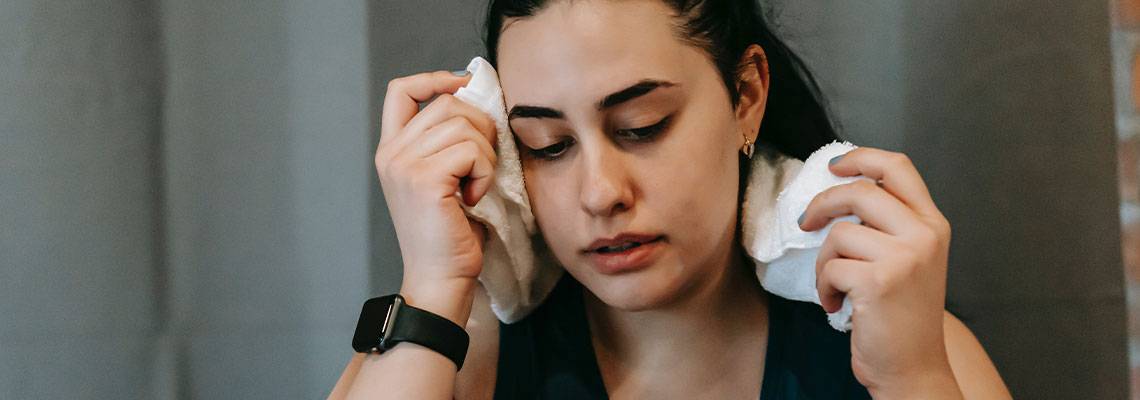
Does Drinking Water Lower Body Temperature?
Drinking water is one of the most effective ways to stay cool and hydrated in the heat. When you consume cold water, it helps lower your body temperature from within while also supporting your body’s natural cooling process—sweating. Proper hydration is essential to prevent dehydration, heat exhaustion, and other heat-related issues, ensuring your body stays refreshed and functions optimally. To beat the heat and maintain hydration, drink plenty of water throughout the day, especially in hot weather or during physical activity.
Should I Drink Cold or Warm Water?
If your first thought is, should I drink warm water or cold water when dehydrated? Then you’re not alone. There are conflicting answers, with some saying that really cold water is to be avoided, and others saying that it doesn’t matter.
Cold water induces your body’s response to warm up the areas affected by the cold (your mouth), so then we could infer that it wouldn’t be logical to drink cold water. However, cold water is known to cool you down faster. In addition, warm water can actually inhibit you from feeling thirsty, so it may be better to drink cold water, to make sure you’re drinking enough water in general. However, drinking hot water can increase the amount you sweat, which aids in keeping you cool as when the sweat evaporates your body begins to cool down. Ultimately, it’s down to personal preference whether you should drink cold or warm water. As long as you’re drinking water and staying hydrated, that’s the important thing here to help you beat the heat.
So what next?
Stay safe in the hot weather. Make sure you stay informed on the weather in your area so that you can be prepared, and stay out of the sun during the hottest part of the day. If you have to go out, make sure it’s in the early morning.
Culligan offer a range of water solutions to help you beat the heat and stay hydrated in the summer months. Take a look at our selection of drinking water solutions for home and office to find the right choice that will help you remain hydrated all year long.
Related articles
